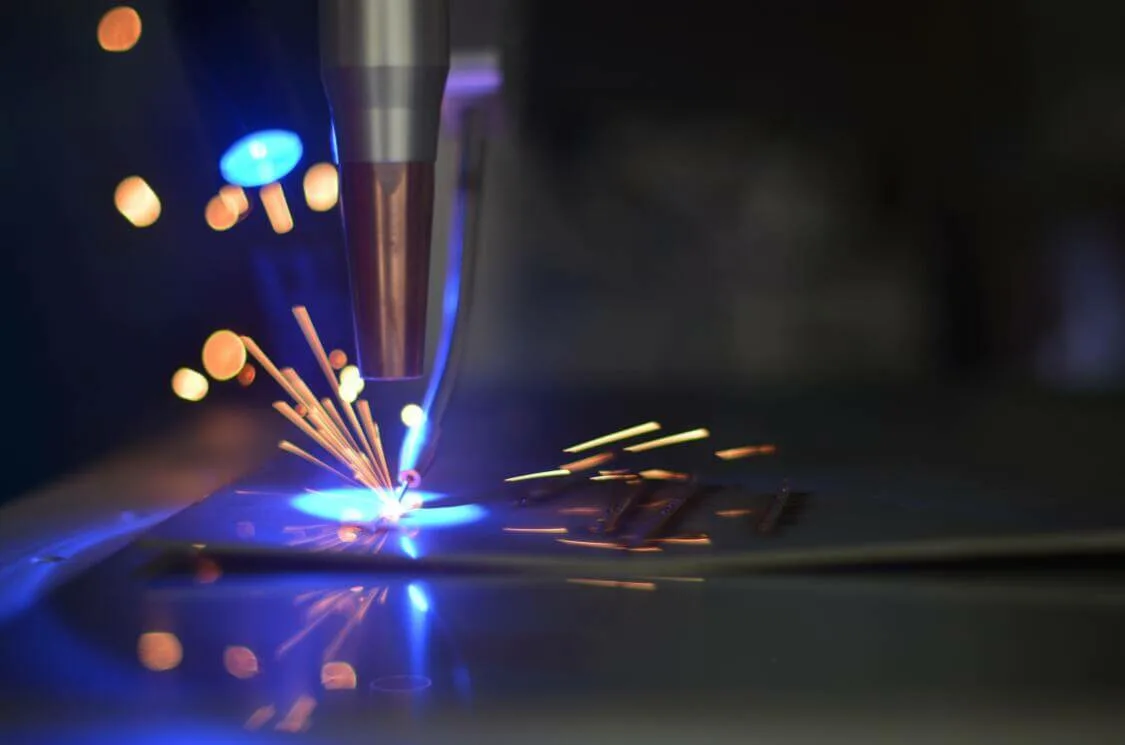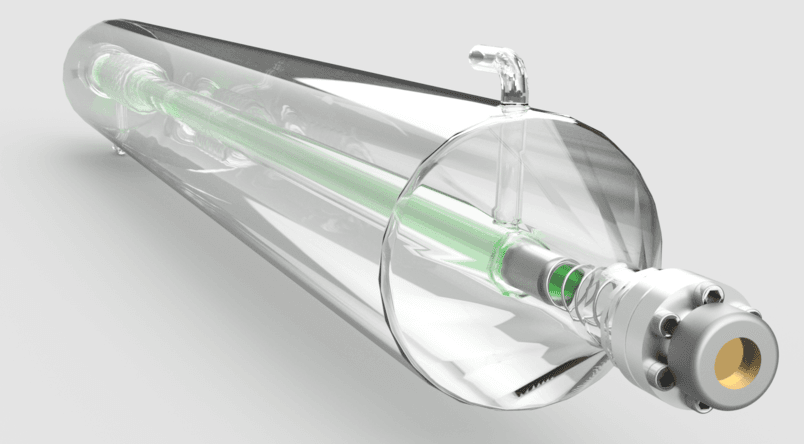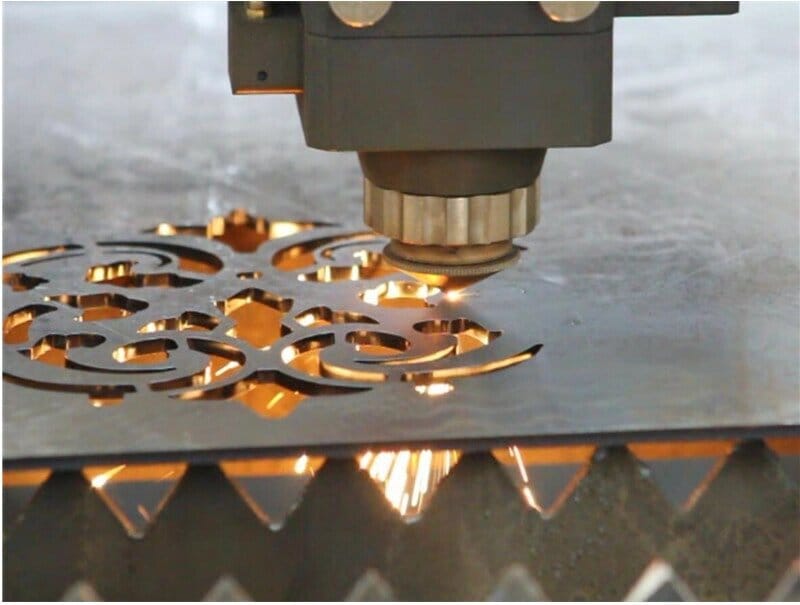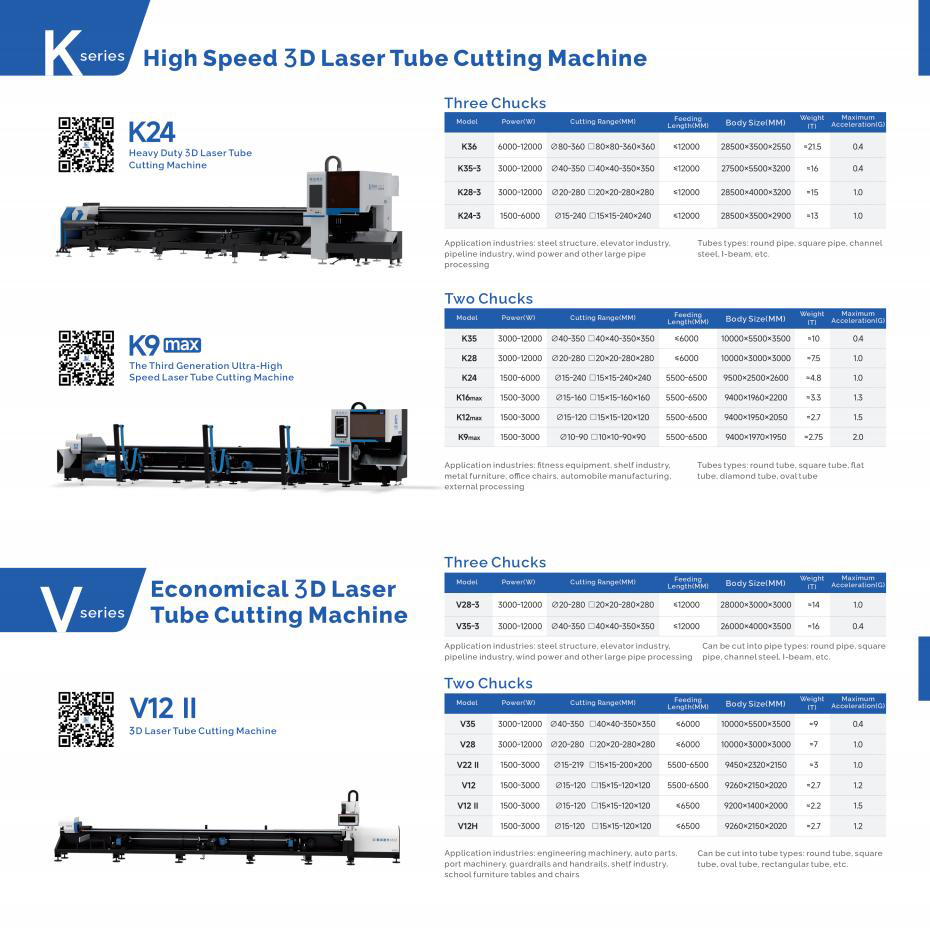Power consumption of a Laser tube cutter is an issue worthy of attention. This article will analyze the daily operating costs of running a laser tube cutting machine, as well as the factors that influence these costs. This will help you better select the appropriate laser tube cutting equipment.
Reference Cost of Operating a Laser Tube Cutter
1.Total power consumption costs
Using the LX-GL40 laser tube cutting machine as an example, the laser source power output is 4kW, the machine tool motor power is 1.95kW, and the chiller power is 3kW, with a total rated output power of the machine being 8.95kW. However, the machine usually operates at 60% of its full capacity, which is sufficient. Therefore, the actual power consumption is 8.95 x 60% = 5.37kWh per hour. Calculating at an electricity price of $0.1 5per kWh, the hourly operating cost is $0.8.
| Item | Rated power(KW) | Total power
(KW) |
Total power consumption
(Setting factor: 60%) |
Hourly consumption
(take 0.1 USD /kWh as an example) |
| Laser input power | 4 | 8.95 | 8.95 x 60% =
5.37KWh / hour |
5.37x 0.15 USD / kWh ≈ 0.8USD / hour |
| Machine bed motor power | 1.95 | |||
| Chiller | 3 |
2.Cost of cutting air
Auxiliary gases such as air are free of charge, so we can consider that cost as 0. However, if other gases are used, there will be additional costs.
| Auxiliary gas | Requirements | Pipe | Gas price
(reference price) |
Hourly cost (USD) |
| Air | Compressed air | SS/CS | 0.00 | 0.00 |
3.Other consumables
The protective lens and cutting nozzle are the main consumable parts of the laser tube cutting machine. If the machine operates daily, their normal service life is around 3-5 months. Calculated per hour, the cost of these consumables is approximately $0.1.
| Item | Hourly consumption | Remarks |
| Protective lens | 0.05 USD | Excellent working environment and longer use time (3-5months) |
| Cutting nozzle | 0.05USD | |
| Total | 0.10 USD |
4.Total operating costs(USD)
The total hourly operating cost of a laser tube cutting machine is approximately $0.9. This cost is not high.
| No. | Item | Air |
| 1 | Power consumption | 0.8 USD |
| 2 | Air consumption | 0 |
| 3 | Other consumables | 0.10 USD |
| Total | 0.9 USD | |
Factors Influencing Power Consumption
1.Laser Source and Power Output:
The type of laser source and its power output significantly influence energy consumption. Laser tube cutters typically employ either CO2 lasers or fiber lasers, with the former being more energy-intensive due to the need for gas and cooling systems.
2.Material Properties:
The properties of the material being cut, such as thickness, density, and thermal conductivity, directly affect the amount of energy required to melt and vaporize the material. Thicker and denser materials generally demand higher power output, leading to increased energy consumption.
3.Cutting Speed and Acceleration:
The speed at which the laser beam moves and the acceleration rates of the motion control system play a role in power consumption. Higher cutting speeds and rapid acceleration can increase energy demand, particularly for the motion control components.
4.Auxiliary Systems:
Laser tube cutters require various auxiliary systems, such as cooling systems, exhaust systems, and computer control units. The energy consumption of these supporting components can vary based on their design and efficiency.
5.Duty Cycle:
The duty cycle, or the percentage of time the laser is actively cutting, influences power consumption. A higher duty cycle generally translates to higher energy consumption, as the laser source and auxiliary systems are operating for longer periods.
Peripheral Equipment and Its Impact
Exhaust System
An exhaust system in a laser tube cutter plays a crucial role in removing fumes and debris generated during the cutting process. It ensures a clean working environment and helps in maintaining the machine’s efficiency by preventing clogs.
Cooling Units
Cooling units, another essential peripheral equipment, are responsible for keeping the laser tube at an optimal temperature during operation. By effectively dissipating heat, they contribute to the longevity of the machine and ensure consistent cutting performance.
Optimizing Power Usage
To optimize power consumption, integrating supplementary equipment like exhaust systems and cooling units is vital. These additions not only enhance the overall functionality of the laser tube cutter but also contribute to energy efficiency. By ensuring that these peripherals are well-maintained and operating efficiently, users can reduce unnecessary power wastage.
Closing Thoughts
Ultimately, the choice of a laser tube cutter should be guided by a holistic evaluation of your specific application requirements, production volumes, material processing needs, and long-term operational costs. By considering power consumption as a key factor in your decision-making process, you can not only optimize your energy usage and reduce operational costs but also contribute to a more sustainable and environmentally responsible manufacturing ecosystem.



